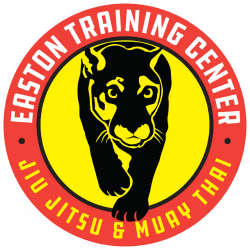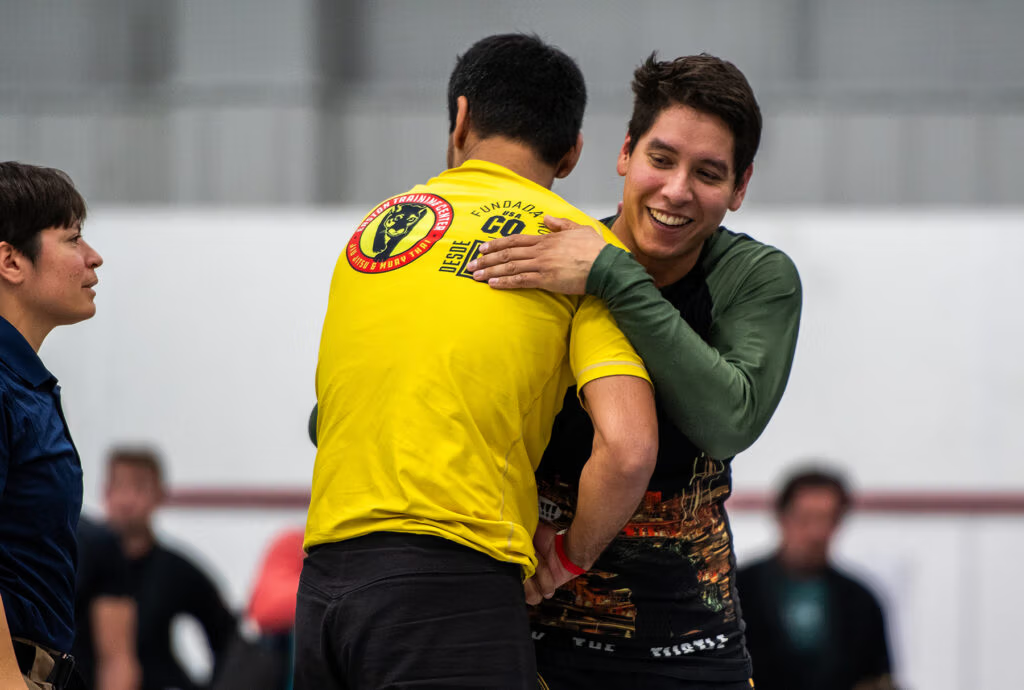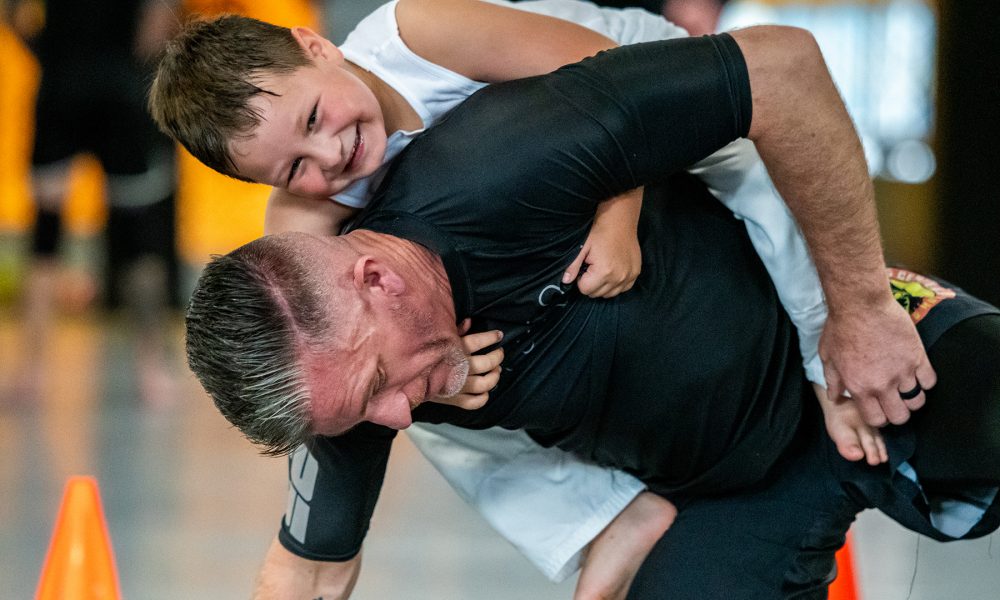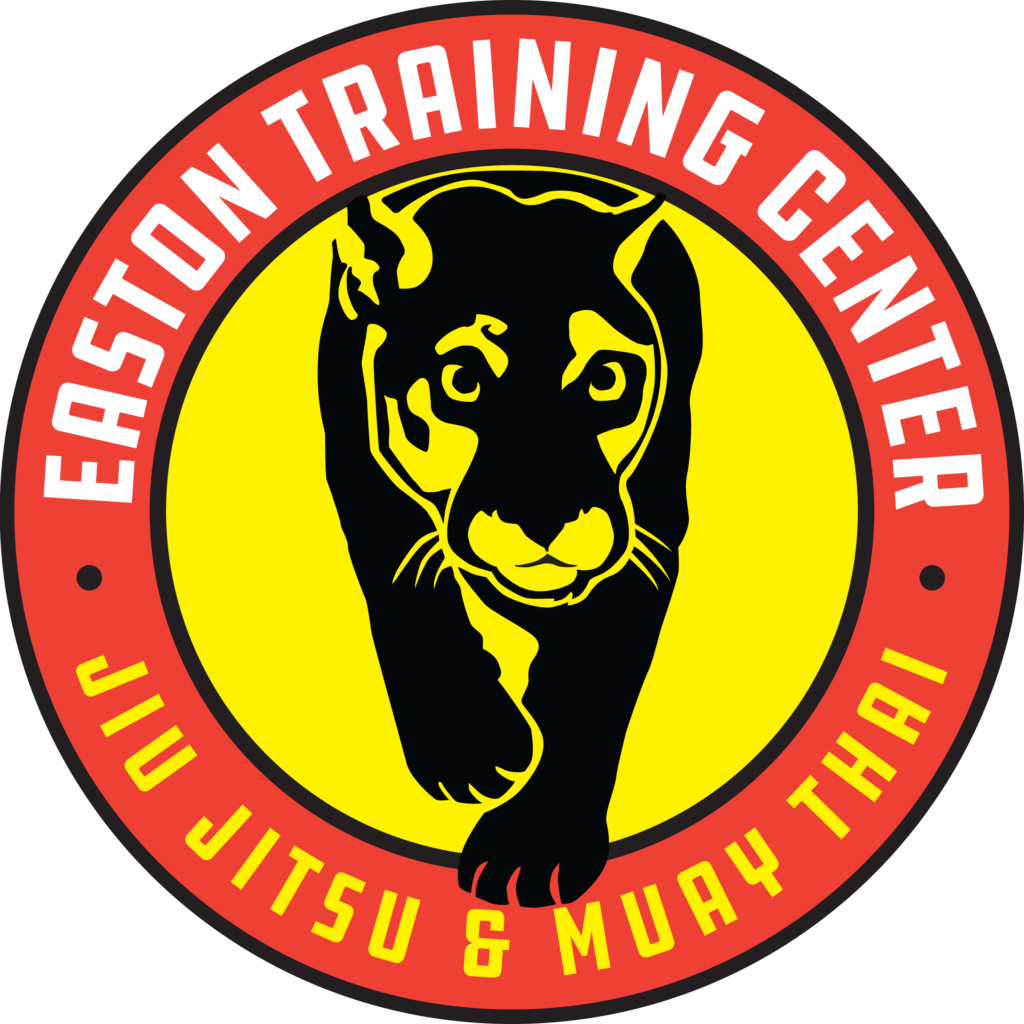As new students embark on their Jiu Jitsu journeys, they have dozens of questions. How do I tie my belt? What do I do when I arrive on the mats?What are my next steps going to be? One question on the minds of many may also be about the history of the sport, and how they themselves contribute to the legacy of this unique discipline. For all students, new and old, it is worth examining the incredible past of Jiu Jitsu in an effort to understand how the sport began and how it continues to evolve.
Japanese Jiu Jitsu
The term “jiu-jitsu” originated in Japan, with “[jiu]” meaning gentleness and “[jitsu]” meaning technique. This literal “gentle art” rose to prominence on the battlefields of feudal Japan, where samurai warriors who had lost their weapons sought to disarm their opponents. Techniques such as takedowns, chokes, and armlocks looked very different compared to the weapon-based styles of fighting that dominated Japanese martial arts. These techniques continued to change and develop in Japan until the early 20th century.
In 1904, a man named Mitsuyo Maeda left Japan in order to teach this profound “gentle art” to students across the Western hemisphere. Maeda, though he specialized in Kodokan judo, found similarities between the still-developing style of Jiu Jitsu and his own judo background. Each style could be used against a variety of opponents with immense success.
Maeda traveled across Europe, North and Central America, and eventually to Brazil, where he challenged new fighters and inspired new students, all under the stipulation that his techniques could be used to defeat any opponent, no matter their size or strength. As he migrated, new students worldwide were finding Jiu Jitsu and using it to their benefit. Famous heavyweight boxers challenged Jiu Jitsu black belts, only to be swept into submission by their much smaller opponents. British suffragettes, often physically assaulted by police while attending rallies or speeches, used Jiu Jitsu to protect themselves and fight for the right to vote; their technique was even nicknamed “suffrajitsu.” President Theodore Roosevelt even took up lessons in his spare time. Across the world, people of all shapes, sizes, and skills began to embody this new style of Jiu Jitsu.
The Gracie Family
By the 1910s, Maeda had settled in Brazil permanently. He spent his time hosting demonstrations and events, which attracted the interest of a young teenager in 1917. At age 15, Carlos Gracie attended one of Maeda’s demonstrations in Belem, Brazil, and was instantly taken by Maeda’s show of prowess and control. Maeda accepted Gracie as his student, and over the course of several years, passed his knowledge on to the young man. Carlos Gracie began sharing his new knowledge with his brothers, including Helio Gracie, and together they shaped Jiu Jitsu into a practical sport that focused on leverage and skill over size and strength.
Carlos Gracie opened his first academy in 1925, marking a pivotal moment in Jiu Jitsu’s development. Though Maeda had been well-versed in judo and Jiu Jitsu, Jiu Jitsu itself had not been a prominent stand-alone sport. With the opening of this new academy, Carlos and Helio welcomed students to the mats to learn Brazilian Jiu Jitsu specifically. Thanks to Helio’s ingenuity, they had shaped the sport into a ground-based grappling sport that suited small practitioners like themselves. Whereas Maeda’s judo had emphasized throws that the Gracie brothers found difficult because of their size, Jiu Jitsu benefited those that did not rely on their strength, but rather their understanding of practical body movements and applicable skills.
Continued Growth
The twentieth century saw a steady rise in Jiu Jitsu’s popularity from that moment on. The Gracie family continued to perfect the gentle art through generations of adaptation, invention, and education. The 1960s marked the first time-based Jiu Jitsu matches determined by a scoring system. In 1972, Carley Gracie and Rorion Gracie moved to the United States to begin teaching Brazilian Jiu Jitsu to American students. Gi and no-gi styles emerged, each with their own set of rules and practices, and by 1993, a new competitive arena had been designed specifically with grappling marital arts in mind.
The Ultimate Fighting Championship (UFC), co-founded by the aforementioned Rorion Gracie, invited competitors to engage in sudden-death tournaments that supported a variety of martial arts. The first, second, and fourth championships were won by Jiu Jitsu practitioner Royce Gracie. Gracie’s success in the UFC marked a major turn for the sport, catapulting not only Jiu Jitsu, but practical martial arts as a whole, into a new spotlight.
More to Learn
From the 1990s onwards, Jiu Jitsu has remained a crucial element of a Mixed Martial Arts (MMA) background. As martial arts continue to grow in popularity across the world, new students continue to flock to Jiu Jitsu in the hopes of contributing to the sport’s great legacy. With a rich story already printed in the history books, it is up to all students—at Easton, across the world, eager beginners, long-time teachers—to define what Jiu Jitsu will become as it continues to evolve.
Are you ready to start training?
Easton’s Ultimate Guide To BJJ








